Hope for Liver Cirrhosis: Exploring Stem Cell Treatment in Mexico
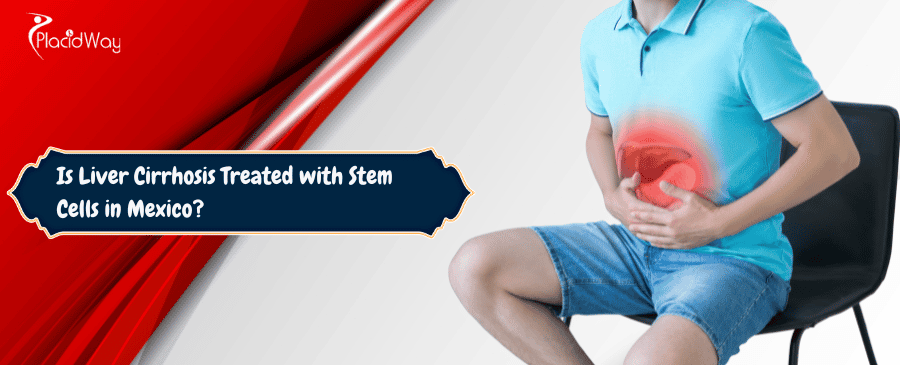
Mexico has become a notable destination for individuals seeking stem cell treatment for liver cirrhosis. This is largely due to its advanced medical facilities, experienced specialists, and often more affordable prices compared to countries like the United States or Canada. Clinics in Mexico offer various types of stem cell therapies, aiming to leverage the regenerative potential of these specialized cells to repair damaged liver tissue, improve liver function, and potentially reduce the need for liver transplantation. The focus of these treatments is on bolstering the body's natural healing mechanisms, offering hope for improved quality of life for those suffering from this challenging condition.
Is Liver Cirrhosis Treated with Stem Cells in Mexico?
These treatments are typically administered through intravenous (IV) infusions, or sometimes directly into the affected area. The goal is to introduce healthy, regenerative cells into the body that can then migrate to the damaged liver, promote healing, and stimulate the regeneration of functional liver tissue. While stem cell therapy for liver cirrhosis is still considered an experimental or innovative treatment by some international standards, many Mexican clinics operate within a regulatory framework that allows for these advanced applications.
How do Stem Cells Help with Liver Cirrhosis?
-
Tissue Regeneration: MSCs can differentiate into liver-like cells, directly replacing damaged hepatocytes or stimulating the proliferation of existing healthy liver cells. This can lead to the formation of new, functional liver tissue.
-
Anti-inflammatory Effects: Stem cells have powerful immunomodulatory properties. They can suppress the inflammatory response in the liver, which is a key driver of cirrhosis progression. By reducing inflammation, they can help prevent further scarring.
-
Anti-fibrotic Effects: A critical aspect of cirrhosis is the excessive accumulation of scar tissue. Stem cells can secrete factors that inhibit the activity of stellate cells, which are responsible for producing much of the scar tissue. They can also promote the breakdown of existing fibrous tissue.
-
Angiogenesis (Blood Vessel Formation): Stem cells can promote the formation of new blood vessels, improving blood flow within the liver. This enhanced circulation can bring more oxygen and nutrients to the remaining healthy liver cells, aiding in their function and recovery.
Overall, the aim of stem cell treatment is to reverse or significantly slow the progression of liver cirrhosis by directly repairing damage and creating a more favorable environment for liver healing.
What is the Cost of Stem Cell Treatment for Liver Cirrhosis in Mexico?
-
Clinic Reputation and Location: Reputable clinics with extensive experience and state-of-the-art facilities might have higher prices. Locations like Tijuana, Cancun, and Mexico City offer a range of clinics with varying price points.
-
Type of Stem Cells: Different types of stem cells (e.g., umbilical cord-derived MSCs, adipose-derived MSCs, bone marrow-derived MSCs) and their processing can influence the cost. Allogeneic (donor) cells might have different pricing than autologous (patient's own) cells.
-
Quantity of Stem Cells: Higher cell counts generally translate to higher costs. Clinics often offer packages with different dosages, and the physician will determine the optimal dosage based on the patient's condition severity.
-
Number of Sessions: Some treatment protocols involve multiple sessions over a period, which will increase the overall cost.
-
Included Services: The total price can also include initial consultations, diagnostic tests (blood work, imaging), follow-up care, and sometimes even accommodation and local transportation.
For instance, some clinics might offer an initial package around $7,500, while more comprehensive or multi-session protocols could reach up to $25,000 or more. It is crucial for patients to get a detailed quote from the clinic that outlines all inclusions and exclusions.
What are the Types of Stem Cells Used for Liver Cirrhosis Treatment?
-
Umbilical Cord Mesenchymal Stem Cells (UC-MSCs): These are often preferred because they are "naive" cells, meaning they are less likely to provoke an immune response when transplanted from a donor. They are abundant and have high proliferative and differentiation capacities.
-
Adipose-Derived Mesenchymal Stem Cells (AD-MSCs): These are easily harvested from a patient's own fat tissue, making them an autologous option. They are readily available and can be obtained with a minimally invasive procedure.
-
Bone Marrow Mesenchymal Stem Cells (BM-MSCs): These are also autologous cells, harvested from the patient's bone marrow. They have been extensively studied and are known for their regenerative potential.
-
Hematopoietic Stem Cells (HSCs): While primarily known for their role in blood disorders, some research has explored their potential to transdifferentiate into liver cells or support liver regeneration.
-
Induced Pluripotent Stem Cells (iPSCs): These are adult cells that have been genetically reprogrammed to an embryonic stem cell-like state. While highly promising for future therapies due to their versatility, their clinical application for liver cirrhosis is still largely in the research phase due to safety concerns and complexity.
Mexican clinics primarily focus on MSCs, often utilizing umbilical cord or adipose tissue sources for their accessibility, safety profile, and therapeutic potential for liver cirrhosis.
Are Stem Cell Treatments for Liver Cirrhosis Legal and Regulated in Mexico?
This means that clinics in Mexico can legally offer stem cell treatments for liver cirrhosis, provided they comply with COFEPRIS regulations regarding cell processing, quality control, patient safety protocols, and ethical considerations. Patients should still exercise due diligence by researching clinics thoroughly, verifying their accreditations, and ensuring they operate under proper medical licenses. The existence of a clear regulatory body helps ensure a level of safety and quality for patients seeking stem cell therapy in Mexico.
What is the Success Rate of Stem Cell Therapy for Liver Cirrhosis?
However, many clinics and patient testimonials suggest positive outcomes. Patients often report:
-
Improved Liver Function Tests (LFTs): This includes a reduction in bilirubin levels, and an improvement in albumin and prothrombin time, indicating better liver synthetic function.
-
Reduced Symptoms: Patients may experience a decrease in fatigue, ascites (fluid buildup in the abdomen), and jaundice.
-
Reduced Fibrosis: While challenging to reverse completely, some studies indicate a reduction in the progression of liver fibrosis.
-
Enhanced Quality of Life: Many patients report an overall improvement in their well-being and daily functioning.
It's important to understand that stem cell therapy is not a guaranteed cure for advanced liver cirrhosis, especially in its end stages. Rather, it is often viewed as a treatment to slow progression, improve symptoms, and potentially delay or reduce the need for liver transplantation. Patients should have realistic expectations and discuss potential outcomes thoroughly with their medical team.
What are the Potential Side Effects or Risks of Stem Cell Treatment for Liver Cirrhosis?
Common and Mild Side Effects (usually temporary):
-
Fever: A low-grade fever is not uncommon after stem cell infusions.
-
Headache: Mild headaches can occur.
-
Fatigue: Patients might feel tired for a day or two after treatment.
-
Pain/Bruising at Injection Site: If the stem cells are harvested from bone marrow or adipose tissue, or injected locally, some localized discomfort or bruising may occur.
Rare but More Serious Risks:
-
Infection: As with any invasive procedure (e.g., IV infusion or cell harvesting), there's a small risk of infection, though clinics follow strict sterile protocols to minimize this.
-
Immune Reaction/Rejection: While MSCs are considered immunoprivileged and less likely to cause rejection, especially autologous cells, a rare immune response to allogeneic (donor) cells is theoretically possible.
-
Tumor Formation: A theoretical concern, particularly with certain types of pluripotent stem cells, but highly unlikely with the adult MSCs typically used in clinical practice for cirrhosis.
-
Transmission of Disease: Extremely rare with properly screened donor cells, but a theoretical risk.
-
Complications from Cell Harvesting: If autologous cells are used, there are minimal risks associated with the procedure to collect them (e.g., bone marrow aspiration or liposuction), such as bleeding or infection.
It is crucial for patients to choose a reputable clinic that follows strict safety guidelines, conducts comprehensive patient evaluations, and screens stem cells rigorously to minimize these risks. Open communication with the medical team about any concerns is always recommended.
How Long Does the Stem Cell Treatment for Liver Cirrhosis Take in Mexico?
-
Initial Consultation and Evaluation: Before treatment, patients undergo a thorough medical evaluation, including review of medical records, physical examination, and diagnostic tests (blood work, imaging). This phase might take one to two days.
-
Cell Preparation: If autologous cells are used, the harvesting procedure (e.g., bone marrow aspiration or liposuction) and subsequent cell processing in the lab can take some time. If allogeneic cells are used, they are typically prepared beforehand.
-
Treatment Sessions: Depending on the protocol, a patient might receive one or multiple infusions over 1 to 3 days. Some protocols involve spaced-out sessions over several weeks or months.
-
Post-Treatment Observation: Patients are usually monitored for a short period after each infusion to ensure no immediate adverse reactions.
Therefore, while the direct stem cell infusion is relatively brief, the entire process, from initial assessment to the completion of the immediate treatment course, usually requires a stay of 3 to 7 days in Mexico. Long-term follow-up and potential booster treatments may be recommended by the clinic over several months or years to maximize the therapeutic benefits for liver cirrhosis.
What is the Recovery Process After Stem Cell Therapy for Liver Cirrhosis?
-
Immediate Post-Treatment: Patients might experience mild, temporary side effects such as fatigue, a low-grade fever, or headache for a day or two. These usually resolve on their own. If cells were harvested (e.g., bone marrow or fat), there might be some localized soreness at the collection site.
-
Resuming Normal Activities: Most patients can resume their normal daily activities within a day or two after receiving stem cell infusions. Strenuous physical activity might be advised against for a short period, depending on the specific protocol.
-
Expected Improvements: The regenerative effects of stem cells are not immediate. Improvements in liver function and a reduction in cirrhosis symptoms typically manifest gradually over several weeks to months as the stem cells integrate and exert their therapeutic effects. Patients often report increased energy levels, reduced abdominal fluid, and better digestion over time.
-
Follow-up Care: Clinics often provide a follow-up plan, which may include remote consultations, repeat blood tests, and imaging studies to monitor progress. Adherence to a healthy lifestyle, including diet and avoidance of liver-damaging substances, is crucial for optimizing the results of stem cell treatment.
The recovery is generally not burdensome, allowing patients to return to their routines relatively quickly while awaiting the long-term benefits of the therapy for their liver cirrhosis.
What are the Eligibility Criteria for Stem Cell Treatment for Liver Cirrhosis in Mexico?
-
Diagnosis of Liver Cirrhosis: Confirmed diagnosis of liver cirrhosis, often through biopsy, imaging, and liver function tests.
-
Stage of Cirrhosis: Patients in the earlier or moderate stages of cirrhosis (Child-Pugh Class A or B) often respond better than those in advanced or decompensated stages (Child-Pugh Class C), where liver damage is too extensive.
-
Overall Health Status: Patients should be in relatively stable overall health. Significant co-morbidities like severe heart disease, active infections, or uncontrolled diabetes might be contraindications.
-
Absence of Active Cancer: Patients with active malignancies are generally not eligible due to theoretical concerns about stem cell interactions with cancer cells, though this is a subject of ongoing research.
-
No Active Alcohol Abuse or Drug Use: If cirrhosis is due to alcohol or drug abuse, patients must demonstrate sustained abstinence to be considered for treatment, as continued exposure will negate the benefits.
-
Realistic Expectations: Patients must understand that stem cell therapy is not a guaranteed cure but aims to improve liver function and quality of life.
-
Medical Record Review: A thorough review of the patient's complete medical history, including all previous treatments and diagnostic reports, is essential.
Each clinic may have slightly different specific requirements, so a detailed consultation and evaluation by their medical team are crucial to determine individual eligibility for stem cell treatment for liver cirrhosis.
Are Liver Transplants Still Necessary After Stem Cell Therapy for Cirrhosis?
The primary goals of using stem cells for liver cirrhosis are:
-
Delaying Transplantation: By improving liver function and slowing the progression of cirrhosis, stem cell therapy can potentially extend the time before a patient requires a transplant, or even remove them from the transplant list if their condition significantly improves.
-
Improving Quality of Life: Even if a transplant is eventually needed, stem cell therapy can improve a patient's overall health and well-being, making them a better candidate for surgery and improving their post-transplant recovery.
-
Alternative for Non-Candidates: For patients who are not eligible for a liver transplant due to age, other health conditions, or lack of donor organs, stem cell therapy can offer a valuable treatment option to manage their cirrhosis.
Therefore, while stem cell therapy offers significant promise, it is important for patients and their families to understand that it may not eliminate the eventual need for a liver transplant, particularly in severe cases of liver cirrhosis. It is a tool aimed at managing and improving the condition, not necessarily a standalone cure for end-stage disease.
What is the Difference Between Autologous and Allogeneic Stem Cells for Liver Cirrhosis?
-
Autologous Stem Cells:
-
Source: These cells are harvested from the patient's own body, commonly from their bone marrow or adipose (fat) tissue.
-
Advantages:
-
No Risk of Immune Rejection: Since the cells are from the patient's own body, there is virtually no risk of immune rejection.
-
No Risk of Disease Transmission: There is no risk of transmitting infectious diseases from a donor.
-
Ethical Considerations: Fewer ethical concerns compared to using embryonic stem cells or certain allogeneic sources.
-
-
Disadvantages:
-
Cell Quality: The quality and quantity of stem cells might be compromised in older or sicker patients.
-
Harvesting Procedure: Requires an additional procedure (e.g., bone marrow aspiration, liposuction) to collect the cells.
-
Time-Consuming: Processing the cells can take time before they are ready for re-infusion.
-
-
-
Allogeneic Stem Cells:
-
Source: These cells are obtained from a healthy donor, often from umbilical cord blood or tissue, or donated bone marrow/adipose tissue.
-
Advantages:
-
Higher Cell Potency and Quantity: Donor cells, especially from umbilical cord, are typically younger and more robust, with higher proliferative and differentiation capabilities. They can be prepared in large quantities.
-
Immediate Availability: Cells can be banked and readily available for treatment.
-
No Harvesting Procedure for Patient: The patient does not need to undergo a cell collection procedure.
-
-
Disadvantages:
-
Potential for Immune Reaction: While MSCs are considered immunoprivileged, there is a small theoretical risk of immune response or rejection, although this is very rare with properly matched and processed MSCs.
-
Donor Screening: Requires rigorous screening of donors to prevent disease transmission.
-
-
For liver cirrhosis, many clinics in Mexico prefer allogeneic mesenchymal stem cells (often from umbilical cord) due to their consistent quality, high cell count, and ease of availability, while still maintaining a strong safety profile.
Can Stem Cell Therapy Reverse Liver Fibrosis in Cirrhosis?
Here's how stem cells can influence liver fibrosis:
-
Anti-fibrotic Secretions: Mesenchymal stem cells (MSCs) secrete various growth factors, cytokines, and enzymes that can directly inhibit the activation of hepatic stellate cells (HSCs), which are the primary drivers of fibrosis. These secretions can also promote the degradation of existing collagen and extracellular matrix components that make up scar tissue.
-
Immunomodulation: By reducing chronic inflammation in the liver, which contributes to ongoing fibrosis, stem cells create a more favorable environment for tissue repair and limit further scarring.
-
Direct Differentiation: In some cases, stem cells might differentiate into liver cells, replacing damaged ones and potentially leading to a more functional liver architecture, indirectly impacting fibrosis.
Clinical studies and anecdotal evidence suggest that stem cell therapy can lead to:
-
Stabilization of Fibrosis: Preventing further progression of scar tissue accumulation.
-
Reduction in Fibrosis Markers: Improvements in blood tests that indicate the severity of fibrosis.
-
Partial Regression: In some patients, particularly those with less severe cirrhosis, there might be a measurable reduction in the amount of fibrotic tissue.
While it's unlikely to fully "undo" extensive, long-standing scarring, stem cell therapy offers a promising approach to halt or significantly slow the fibrotic process, thereby improving liver function and the overall prognosis for patients with liver cirrhosis.
What Diagnostic Tests are Needed for Stem Cell Treatment for Liver Cirrhosis?
-
Blood Tests:
-
Liver Function Tests (LFTs): To assess the liver's ability to produce proteins, clear bilirubin, and process enzymes (e.g., ALT, AST, alkaline phosphatase, bilirubin, albumin, INR/PT). These are crucial for gauging the severity of liver damage.
-
Complete Blood Count (CBC): To check for anemia, low platelet count, or signs of infection.
-
Viral Hepatitis Serology: To check for Hepatitis B and C infections, which are common causes of cirrhosis.
-
Autoimmune Markers: If an autoimmune cause of cirrhosis is suspected.
-
Kidney Function Tests: To assess kidney health, as liver cirrhosis can affect kidney function.
-
Alpha-fetoprotein (AFP): A tumor marker sometimes elevated in liver cancer.
-
Electrolytes: To check for imbalances.
-
-
Imaging Studies:
-
Abdominal Ultrasound: To visualize the liver's size, shape, and presence of ascites or portal hypertension.
-
CT Scan or MRI of the Abdomen: Provides more detailed images of the liver, blood vessels, and surrounding organs.
-
FibroScan (Transient Elastography): A non-invasive test that measures liver stiffness, which correlates with the degree of fibrosis and cirrhosis.
-
-
Liver Biopsy: While often not required if the diagnosis is clear from other tests, a liver biopsy can provide definitive information on the extent of fibrosis, inflammation, and the underlying cause of cirrhosis.
-
Cardiovascular Assessment: To ensure the patient's heart health is stable enough for the procedure.
These tests help the medical team formulate a personalized stem cell treatment plan and ensure patient safety.
Are there Reputable Clinics for Stem Cell Treatment for Liver Cirrhosis in Mexico?
When considering a clinic in Mexico for liver cirrhosis stem cell therapy, it's important to look for:
-
Accreditations and Certifications: Check for certifications from relevant medical bodies or international accreditations that signify adherence to high standards of care.
-
Medical Team Expertise: Look for clinics with board-certified doctors, specialists in regenerative medicine, hepatology, and anesthesiology with extensive experience in stem cell treatments.
-
Transparency: A reputable clinic will be transparent about their treatment protocols, the type and source of stem cells used, the expected outcomes, and all associated costs.
-
Patient Testimonials and Reviews: While not the sole determinant, positive patient reviews and testimonials can offer insights into patient experiences and the quality of care.
-
Follow-up Care: Ensure the clinic provides a comprehensive follow-up plan to monitor your progress after treatment.
-
Modern Facilities: The clinic should have state-of-the-art equipment for cell processing, administration, and patient monitoring.
Cities like Tijuana, Guadalajara, Mexico City, and Cancun have a higher concentration of clinics offering these advanced therapies, often catering to international patients with dedicated support services. PlacidWay can assist in identifying and connecting patients with verified stem cell clinics in Mexico that specialize in liver cirrhosis treatment.
How to Prepare for Stem Cell Treatment for Liver Cirrhosis in Mexico?
-
Gather Medical Records: Compile all relevant medical history, including diagnostic reports (blood tests, imaging scans like CT, MRI, FibroScan, and any liver biopsy results), previous treatment records, and a list of all current medications and supplements. This will be crucial for the initial consultation.
-
Consult with the Clinic: Initiate contact with your chosen clinic in Mexico. They will review your medical records, determine your eligibility, and provide a personalized treatment plan. This often involves virtual consultations.
-
Complete Pre-Treatment Tests: The clinic may require additional specific diagnostic tests or updated blood work before your arrival to ensure your current health status is suitable for stem cell therapy.
-
Medication Review: Discuss all your current medications with the clinic's medical team. They will advise if any need to be stopped or adjusted before the stem cell treatment. This might include blood thinners or certain immunosuppressants.
-
Dietary Recommendations: Some clinics may recommend specific dietary guidelines or supplements to optimize your body's condition before the therapy.
-
Travel Arrangements: Plan your travel to Mexico, including flights and local transportation. Many clinics offer assistance with airport transfers and accommodation.
-
Accommodation: Arrange for suitable lodging. Some clinics have partnerships with local hotels or offer integrated packages that include accommodation.
-
Financial Planning: Ensure you have a clear understanding of all costs involved and have made the necessary financial arrangements.
-
Support System: If possible, consider traveling with a companion for support, especially during the initial days of treatment and recovery.
-
Questions: Prepare a list of any questions or concerns you have for the medical team before your arrival to ensure all your queries are addressed.
Following these steps will help ensure you are well-prepared for your stem cell treatment for liver cirrhosis in Mexico.
What is the Role of PlacidWay in Finding Stem Cell Treatment for Liver Cirrhosis in Mexico?
Here's how PlacidWay can assist you:
-
Information and Education: We provide detailed information about stem cell treatments for liver cirrhosis, including explanations of the procedures, potential benefits, risks, and frequently asked questions.
-
Clinic and Doctor Vetting: We connect patients with verified and reputable clinics in Mexico that specialize in regenerative medicine and have experienced medical professionals. We aim to ensure these clinics meet certain quality and safety standards.
-
Treatment Options and Pricing: We offer insights into various stem cell treatment protocols available for liver cirrhosis, including estimated costs, helping you compare options and make informed decisions.
-
Personalized Guidance: Our team can help you understand your options, collect your medical records, and facilitate communication with clinics to get personalized quotes and treatment plans.
-
Logistical Support: While direct booking is through the clinics, PlacidWay can offer guidance on travel, accommodation, and other logistical aspects of your medical journey to Mexico.
-
Transparency: We strive to provide transparent information, empowering patients to make confident choices about their liver cirrhosis treatment.
By using PlacidWay, patients can streamline their search for stem cell therapy in Mexico, gaining access to a curated selection of clinics and valuable information to support their healthcare decisions.


.png)

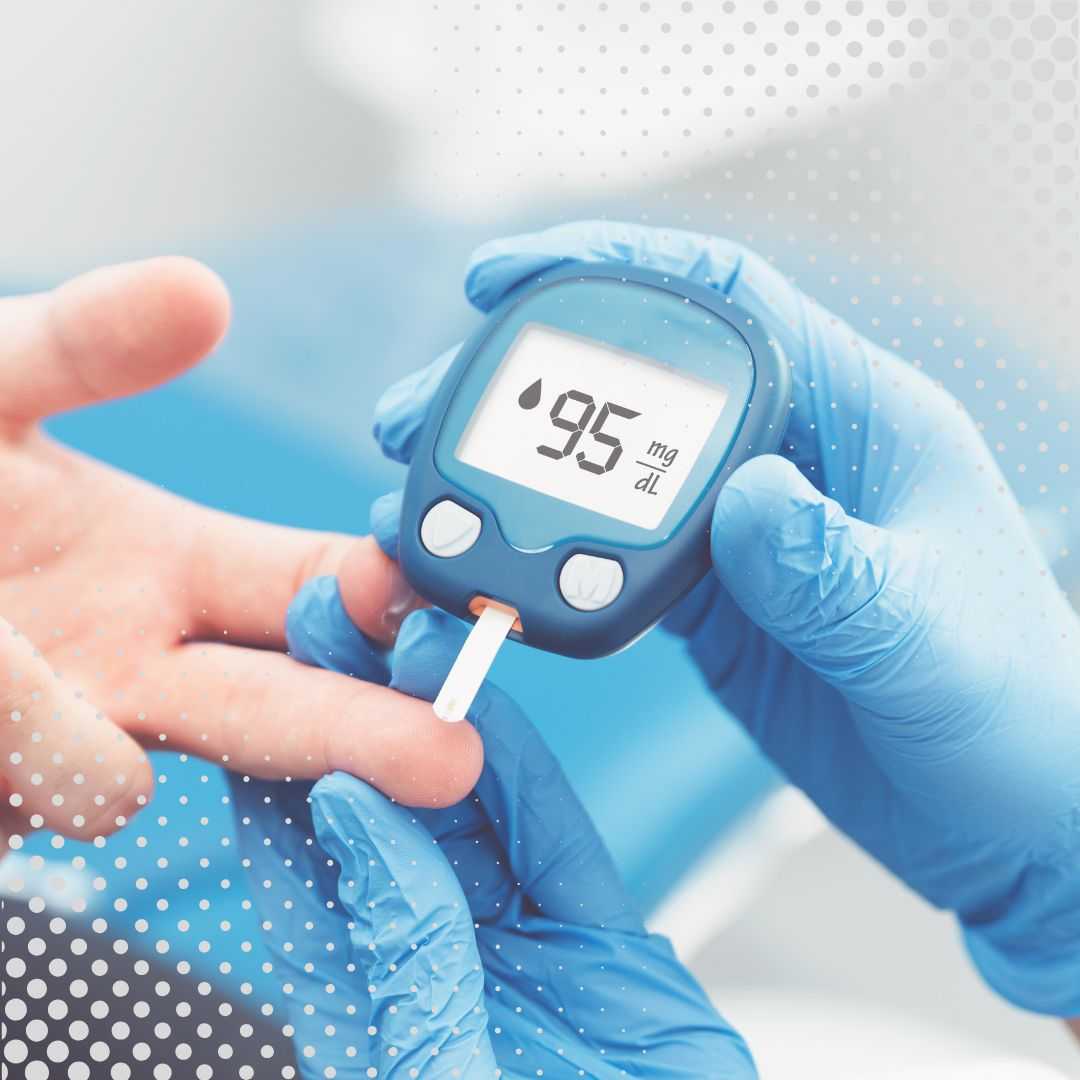



.jpg)
.png)

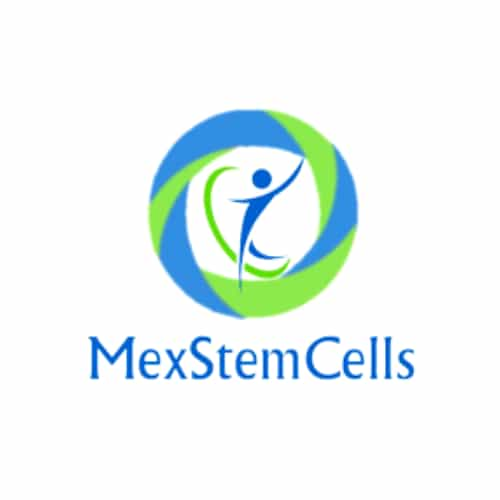

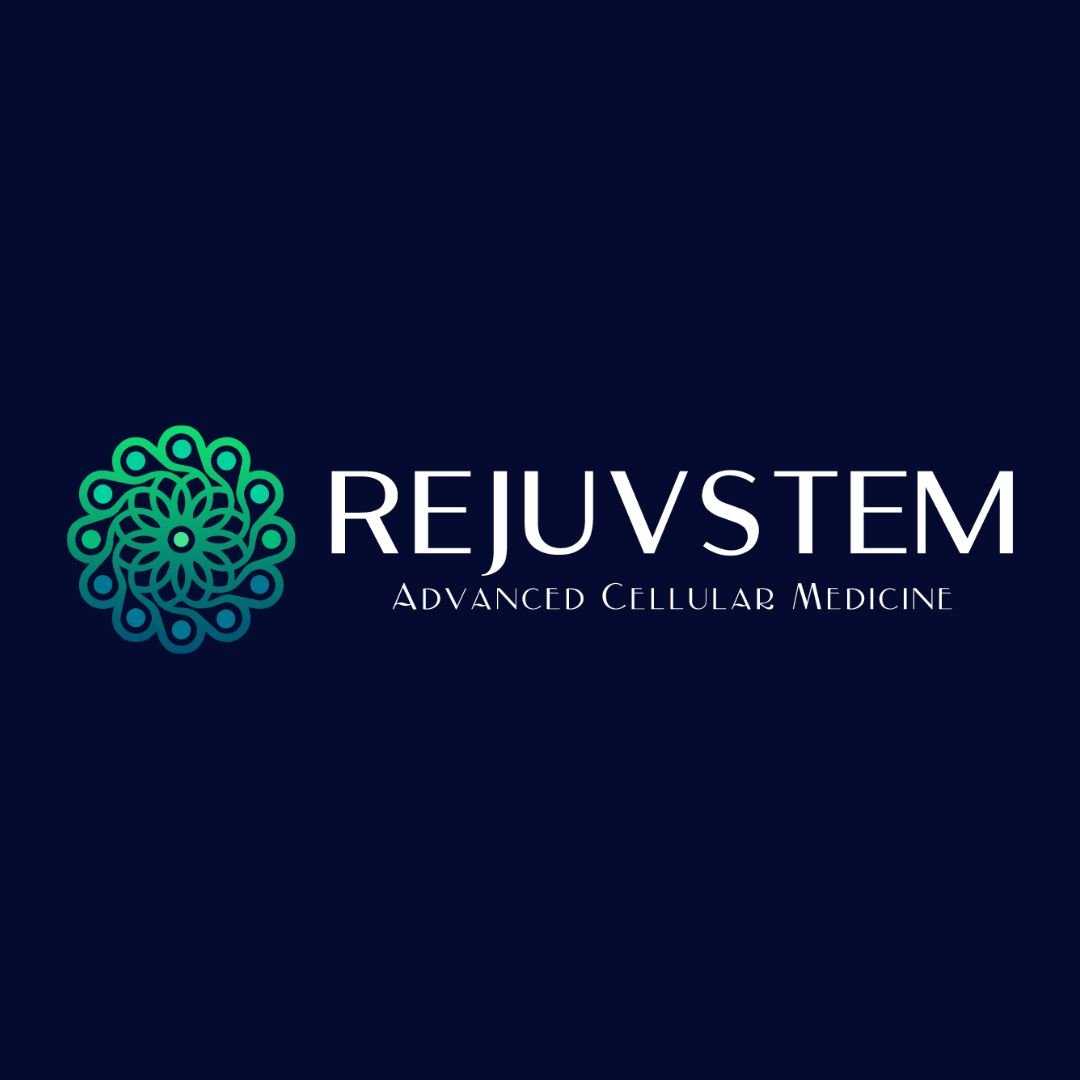
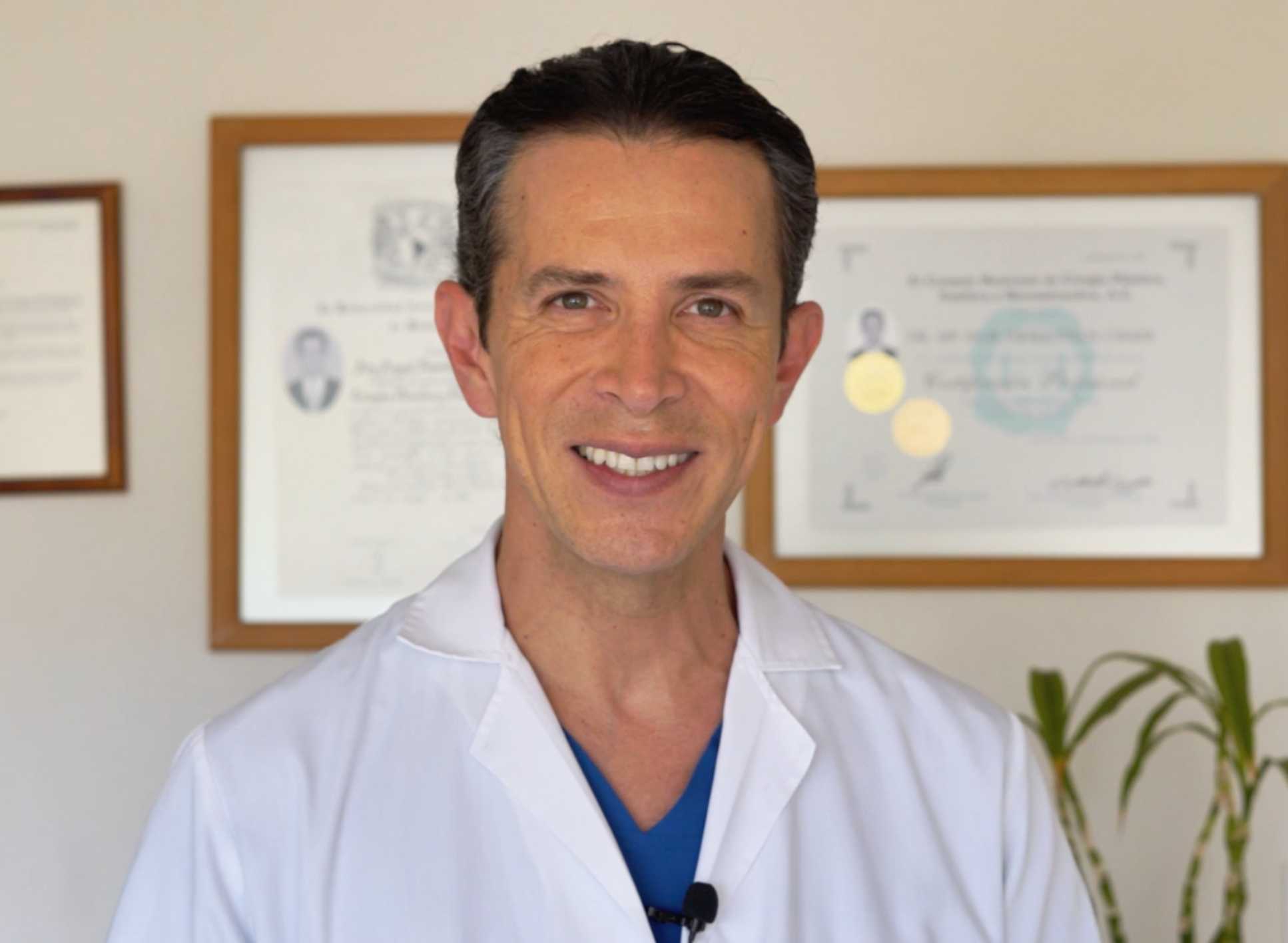
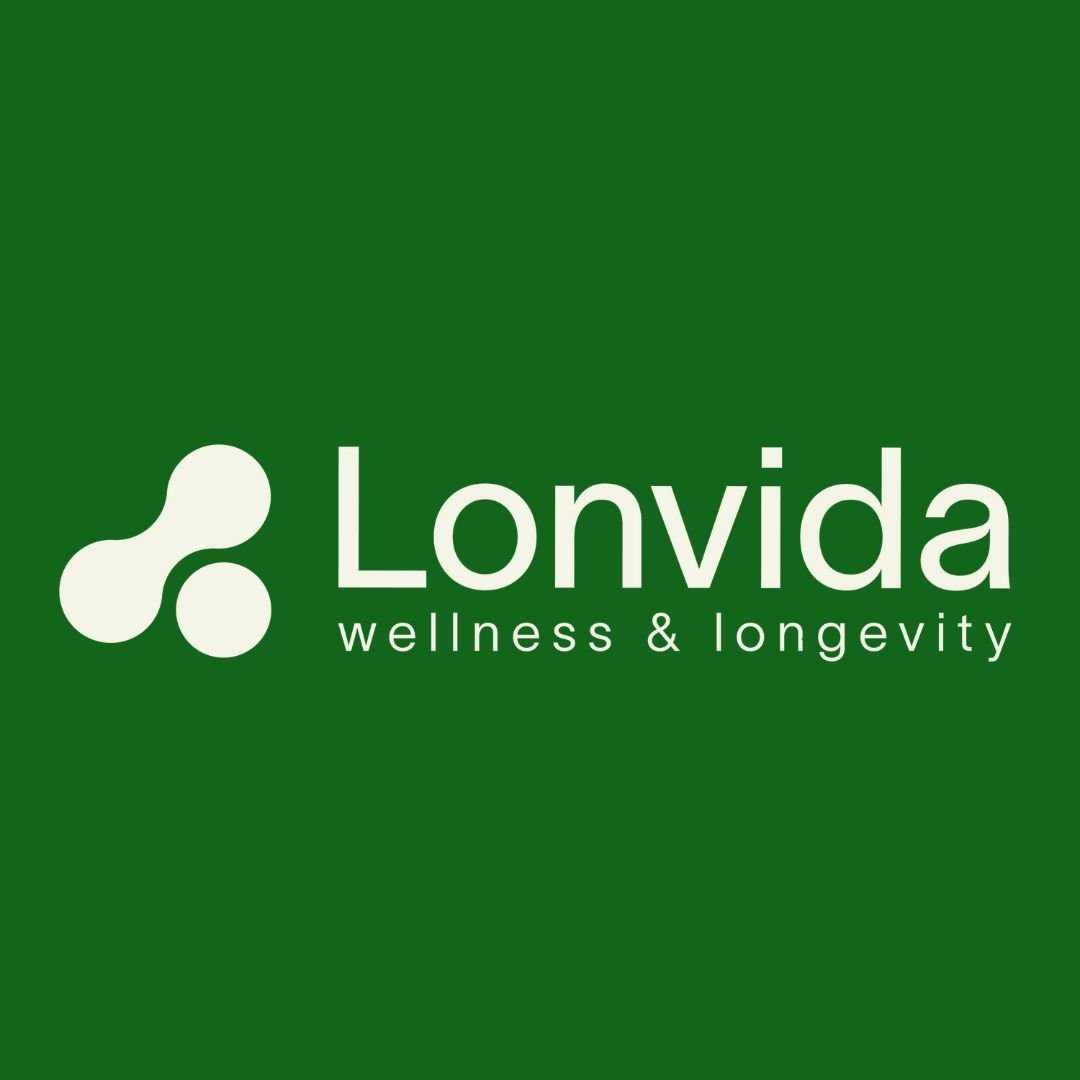

Share this listing